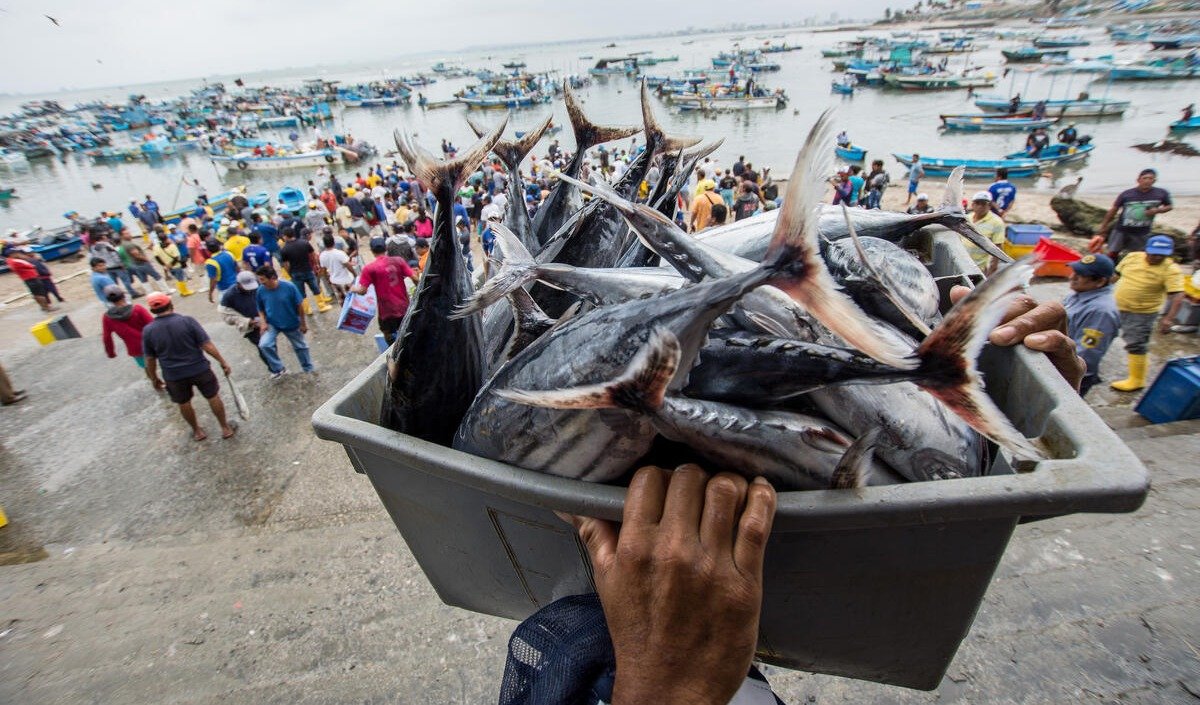Inside BENEO’s new pulse plant: pioneering sustainable protein from faba beans
Fish biomass faces steep falls by the end of the century under a high-emissions scenario
New projections highlight potential climate risks to exploitable fish biomass for nearly all regions of the world’s ocean, including top producer countries and those with high reliance on aquatic foods, according to a report released by the Food and Agriculture Organization of the United Nations (FAO).
Global projections of exploitable fish biomass show declines of more than 10 per cent, particularly under the high-emissions scenario, by mid-century for many regions of the world, said the report Climate change risks to marine ecosystems and fisheries: Projections to 2100 from the Fisheries and Marine Ecosystem Model Intercomparison Project.
By the end of the century, under the high-emissions scenario, which projects global warming of 3–4.0 °C, declines worsen to 30 per cent or greater in 48 countries and territories.
In contrast, under the low-emissions scenario, which projects global warming of 1.5–2 °C, changes stabilise between no change and a decrease of 10 per cent or less across 178 countries and territories by the end of the century.
Notable declines include those for top fish producer nations, which worsen towards the end of the century under the high-emissions scenario, for example, 37.3 per cent for Peru’s and 30.9 per cent for China’s Exclusive Economic Zones but stabilise under the low-emissions scenario.
The report was produced by the Ecosystem Model Intercomparison Project (FishMIP), an international network of researchers working with FAO to understand the long-term impacts of climate change on marine ecosystems and fisheries through a set of state-of-the-art numerical models. It was released during the Thirty-sixth session of the Committee on Fisheries (COFI36) held between 8 and 12 July 2024 at FAO headquarters in Rome.
The report comes on the heels of the latest edition of The State of World Fisheries and Aquaculture (SOFIA), which showed that world fisheries and aquaculture production hit a new high of 223.2 million tonnes in 2022.

